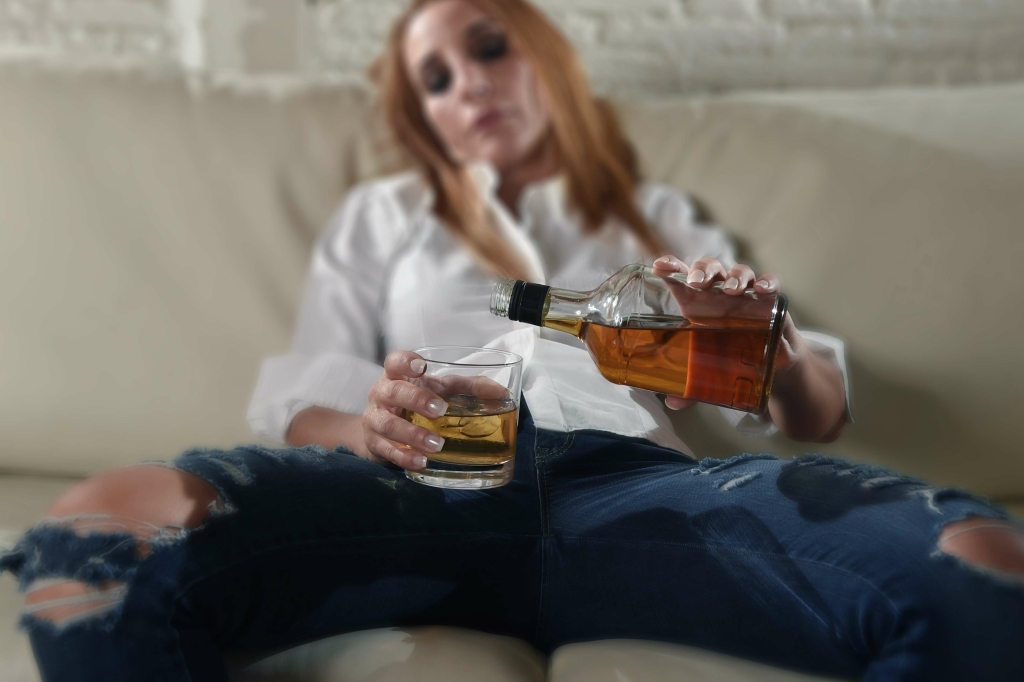How to Create a Successful Relapse Prevention Plan Relapse Prevention Models 20 september 2024 – Posted in: Sober living
The various forms of therapy share many common elements, and a combination of different approaches are useful for an individual. Signs of emotional relapse include isolation, not attending meetings (or not sharing in meetings), focusing on other people’s problems, and poor sleeping or eating habits. Distraction is a time-honored way of interrupting unpleasant thoughts of any kind, and particularly valuable for derailing thoughts of using before they reach maximum intensity. One cognitive strategy is to recite a mantra selected and rehearsed in advance. A behavioral strategy is to call and engage in conversation with a friend or other member of your support network.
What Is The Relapse Prevention Model?
Get professional help from an online addiction and mental health counselor from BetterHelp. Sunnyside Med offers access to compounded naltrexone (50mg + B6 5mg), paired with behavioral tools to help you reduce your drinking over time. Following the initial introduction of the RP model in the 1980s, its widespread application largely outpaced efforts to systematically validate the model and test its underlying assumptions. Efforts to evaluate the validity 119 and predictive validity 120 of the taxonomy failed to generate supportive data.

Relapse Prevention Plan

Part of the recovery process includes talking about relapse, and learning healthier ways to cope with triggers that can lead to it. Creating a relapse prevention plan is a crucial step in maintaining long-term recovery from substance use disorders and addictive behaviors. Compile a list of who you can call if you experience cravings, what you can do to distract yourself from cravings and how you can stop a craving altogether. Substance use is a negative coping skill, sohealthy coping skillswill prevent relapse and result in positive outcomes in the long-term. Relapse prevention is a lifelong process that requires commitment, planning, and continuous support. By identifying triggers, developing coping mechanisms, and engaging in effective therapies, individuals can build a strong defense against relapse.
How to Handle Triggers in Recovery

A structured routine creates stability in your daily life, helping you to stay on track with your recovery. While routines vary from person-to-person, many people in the recovery community find that self-care is non-negotiable. Moving your body, eating well and relaxing are all good places to start with self-care.
- Deep breathing releases neurotransmitters in your brain, many of which trigger feel-good chemicals resulting in relaxation, happiness, and pain reduction.
- Sometimes, finding a supportive environment is the key to sustaining long-term recovery.
- Acknowledge that recovery is a difficult process and you’re doing the best you can.
Programs
Meditation and breathing exercises are effective ways to reduce anxiety and manage cravings. If a situation feels overwhelming, seeking professional help may be the best choice. A rehab center can provide the necessary support and resources to prevent relapse and maintain sobriety. Meditation helps improve focus, reduce stress, and enhance emotional well-being for Substance abuse many people. Regular meditation practice can provide a sense of inner peace and clarity, which helps ease some of the emotional and psychological factors that drive many relapse events.
Consider whether you could incorporate a morning yoga session or an evening walk into your day. Physical activity is a powerful tool for managing stress, anxiety, and depression. Exercise releases endorphins, which can improve mood and reduce relapse prevention cravings. Whether it’s a daily walk or a workout, staying active can be a key factor in relapse prevention.
